Did you ever wonder what F1 tires are made of? Tires play a crucial part in F1 racing. They have a complex design; F1 drivers need a good understanding of their tires to achieve optimum speed and wear. Let’s look at what F1 tires are made of.
F1 tires have a complex design. They are made from a mix of synthetic rubber, natural rubber, and other fibers. Each compound added offers a different performance characteristic. The tires are constructed layer by layer and then cured in a press under high heat and pressure to form the tire.
F1 racing tires are highly specialized and designed to withstand various race track and weather conditions. This article looks at how F1 tires are constructed to help you understand how they are made.
If you’re looking for some F1 merchandise, check out the awesome stuff at the official F1 store here.
As with any part found on an F1 race car, its tires are carefully designed and manufactured to provide the best performance to the driver. F1 tires are constructed from a combination of rubber compounds and special fibers.
F1 tires underwent drastic transformations since the beginning of F1 racing in the 1950s. Since then, there have been several tire manufacturers, and many of them played vital roles in developing F1 tires like Goodyear, Bridgestone, and Continental.
But in 2011, Pirelli became the main supplier of F1 tires and had an exclusive agreement with F1 that allows them to be the sole and official supplier of F1 tires.
Five tire types were used during the 2020 race season: hard, medium, soft, intermediate, and wet. The F1 tire’s sidewalls are colored in white, yellow, red, green, and blue to distinguish the different types.
According to regulations, Pirelli has to announce a few months in advance what type of rubber compound they will use to manufacture the next season’s tires. The compounds used to manufacture the tires are mixed specially for each racing season.
F1 tires are complex in design and manufacturing and undergo several strict safety tests before being approved.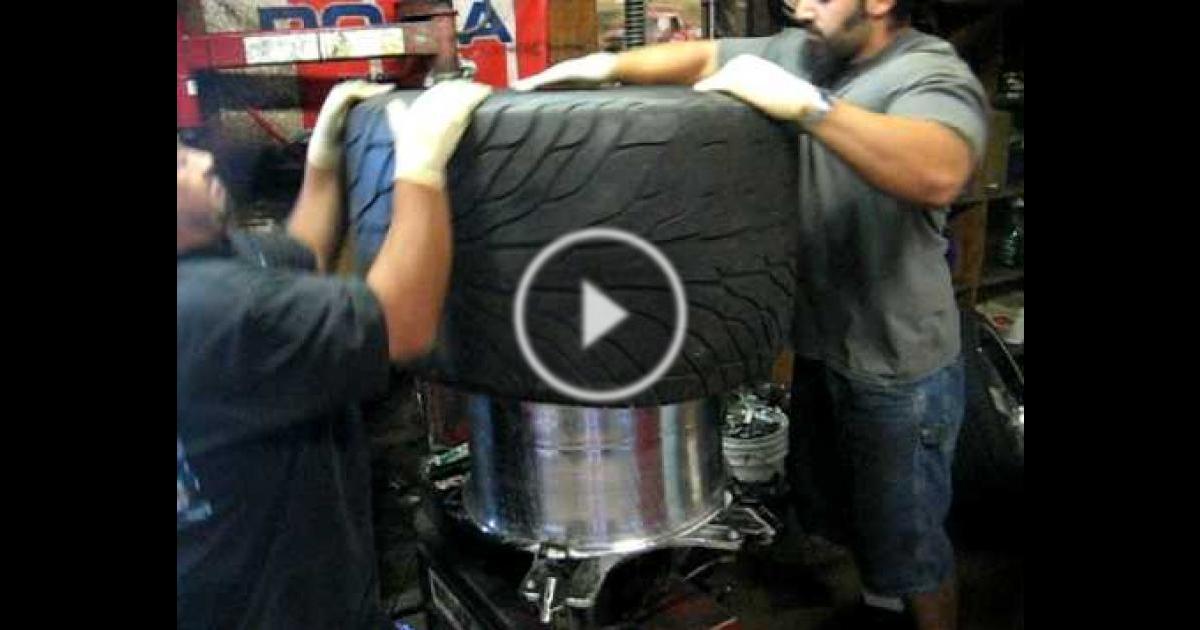 The rubber compound used in constructing an F1 tire consists of four compounds set by FIA regulations highly specialized according to vehicle and race track conditions.
The rubber compound used in constructing an F1 tire consists of four compounds set by FIA regulations highly specialized according to vehicle and race track conditions.
The F1 tire is a mix of several components that are layered and cured in a press under extreme pressure and high heat. The high temperature helps create a polymerization reaction that creates cross-link rubber molecules to create long elastic monomers that provide elasticity to the F1 tire.
These polymers create the elasticity that allows the F1 tire to be compressed, where the tire comes in contact with the track surface, allowing it to spring back to its original shape. Typical components used in F1 tire manufacturing are:
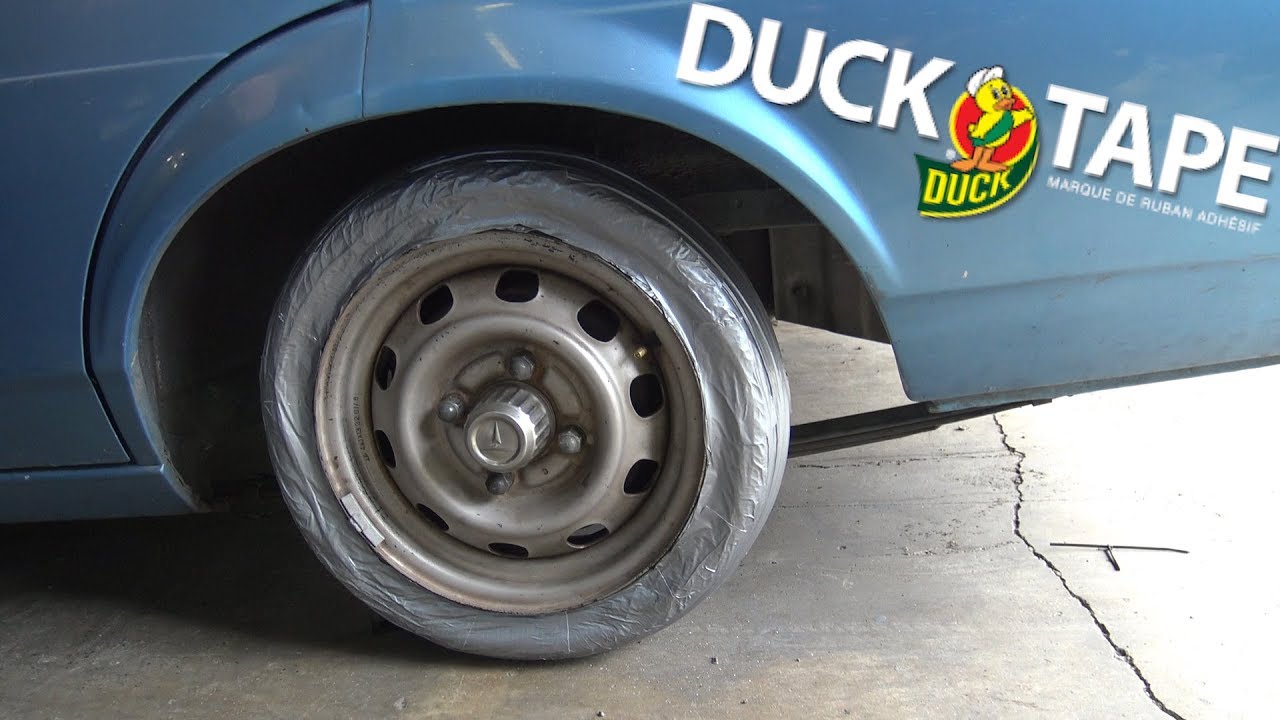 It has a low heat-buildup.
It has a low heat-buildup.
Compounding combines all the ingredients to mix the rubber compound used to manufacture an F1 tire. Each component consists of different combinations of ingredients according to the properties needed for that component.
The crucial parameter of a rubber compound reinforced with Carbon Black is the microdispersion of the filler, where the fine balance between these two components dictates the main properties of the finished F1 tire.
F1 has had an agreement with Pirelli to be the sole supplier of F1 tires since 2011. F1 regulations state that all teams use Pirelli F1 tires only at races.
Before the 2011 agreement with Pirelli, Bridgestone was the main F1 tire manufacturer for four previous years. The exclusive agreement with Pirelli started in 2011 and has been extended through the 2023 season. Don’t expect Pirelli F1 tires to be going away anytime soon.
Don’t expect Pirelli F1 tires to be going away anytime soon.
Before 2006, F1 went through a tire war where different tire manufacturers tried to negotiate with teams to become their tire manufacturers.
The tire war ended in 2006 when the FIA introduced tire regulations to reduce costs and level out the competition. If a team had an unlimited budget and a choice of multiple tire manufacturers, they could produce different tires for every race and gain an unfair advantage.
Top teams could get the best tires while teams with lower budgets could not afford the same tires, creating advantages and disadvantages.
The new FIA rule introduction gave every team the same tires. The changes in FIA tire regulations came soon after Ferrari’s dominance and were implemented to reduce the gap between the back of the track and the front of the track.
F1 tires manufactured by Pirelli start their journey in the laboratories where research is conducted into different combinations of compounds and structures to form the tires.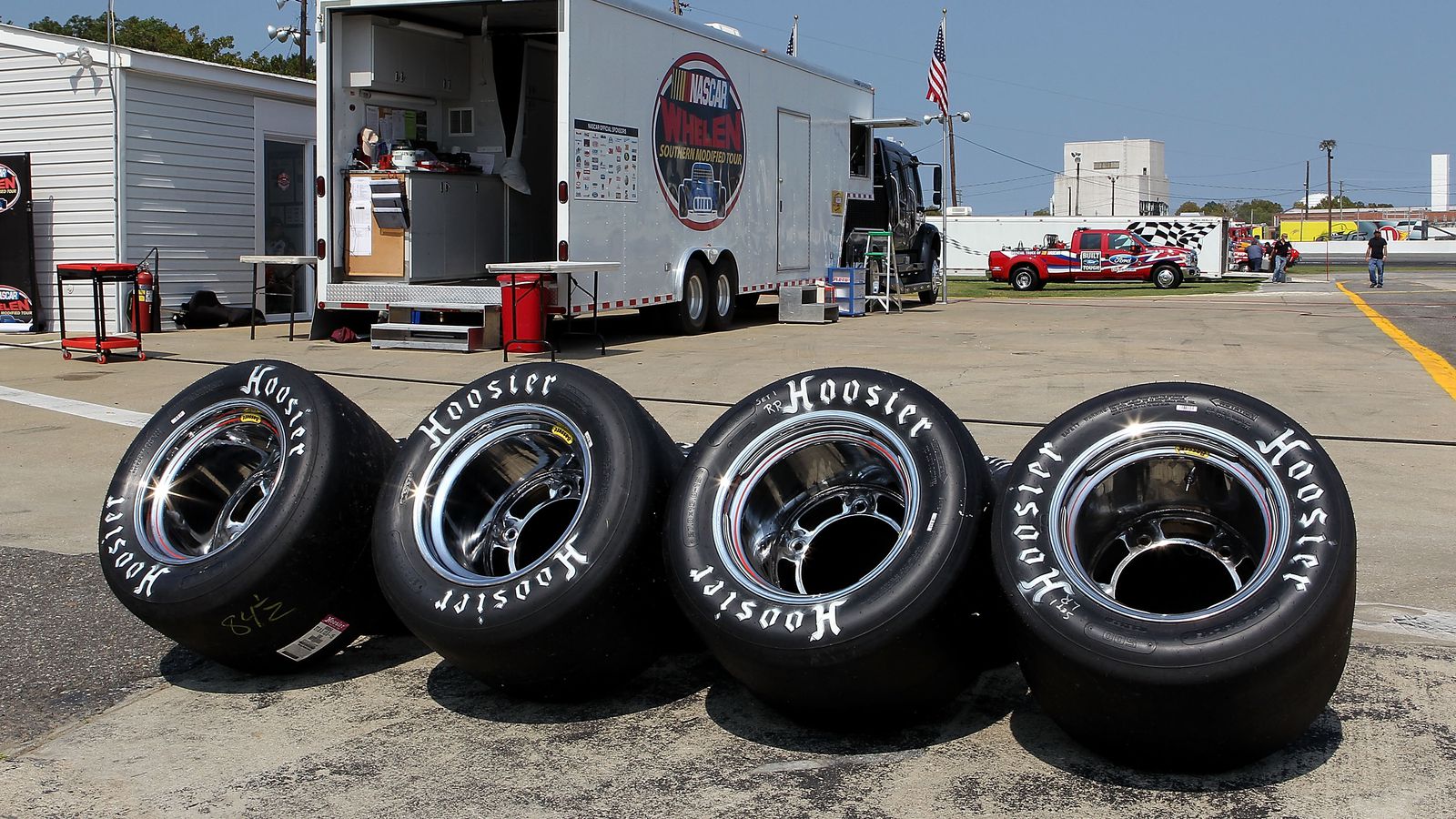 Computer simulations allow engineers to develop F1 tires that meet FIA specifications.
Computer simulations allow engineers to develop F1 tires that meet FIA specifications.
The F1 tires are constructed of a combination of artificial fibers, synthetic and natural rubber. Prototypes are built and tested and then undergo extreme tests and simulated weather conditions encountered during a race. Whereafter the tires are tested on the track before being approved for production.
The initial part of the manufacturing process is to produce the bead wire and body of the tire while the belt and tread are simultaneously made. When all these components have been assembled, the tire undergoes vulcanization, where it is placed in an oven and heated to form the characteristics of that particular rubber compound.
Every F1 tire undergoes strict quality controls, x-ray scans, visual checks, and weighing. A sample tire is randomly chosen for destructive tests to determine how the tire behaves in extreme circumstances.
Every F1 tire has a barcode that allows it to be tracked from manufacturing, to which team receives it, to how many laps it runs on the track. It takes approximately five hours to manufacture each F1 tire.
It takes approximately five hours to manufacture each F1 tire.
Typically, F1 tires are filled with nitrogen which is more stable than air. Nitrogen behaves predictably even when the temperature varies.
F1 uses different tire compounds, consisting of slick tires and wet weather tires. Three of the slick tire types are used per race and are labeled as soft, medium, and hard.
Each F1 car must use at least two of these tires during a dry race. Before 2020 the F1 tires were color-marked, with a white stripe on the hard, a yellow stripe on the medium, and a red stripe on the soft tire. Since 2020 the compounds were labeled C1, C2, C3, C4, and C5, with C1 being the hardest and C5 the softest.
The F1 tires range in softness, but the teams must balance the need for soft, quick tires with a short lifespan with the durability of the hard slower tires.
This delicate balance is the basis of the F1 tire strategy and can make or break an F1 driver’s chance of achieving success during a race.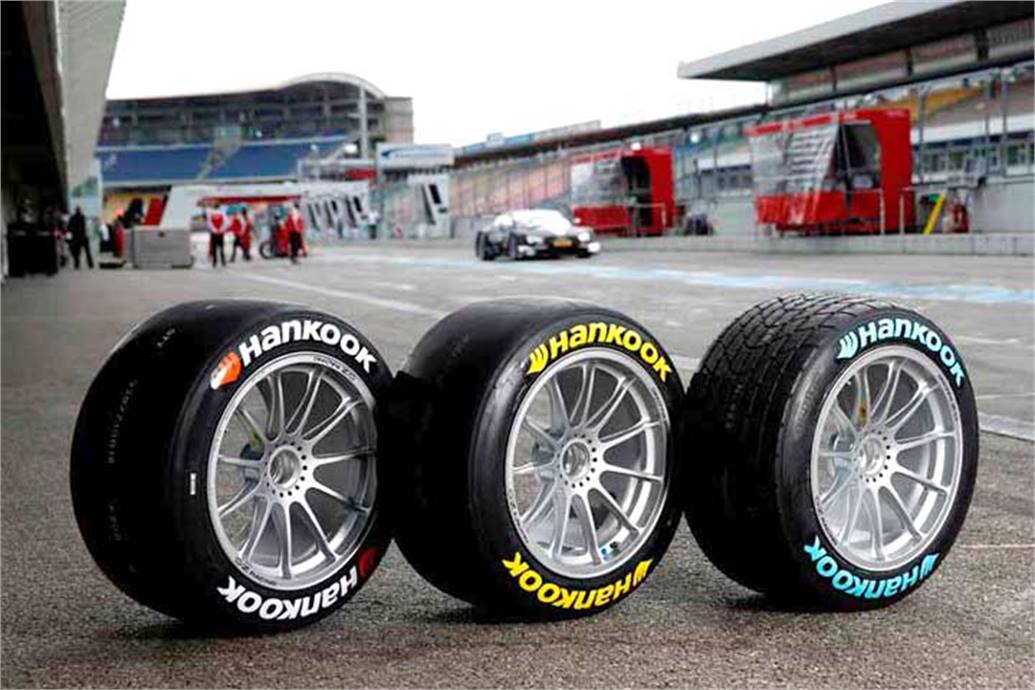
The wet F1 tire is grooved and can disperse approximately sixty-five liters of water a second going at full speed. In comparison, the intermediate tire is more suitable when there is rain without standing water. The intermediate F1 tire does extremely well on a damp track and can substitute as a crossover tire between slicks and a grooved wet tire.
F1 drivers who qualify in the top ten must start the race on the set of tires used to set their fastest time in Q2. This gives the driver placed in the 11th spot an advantage of starting the race on whichever tire he prefers.
Every F1 driver gets thirteen sets of F1 Pirelli tires per race weekend. And even though Pirelli decides which tire compounds will be used, the teams decide how many they choose of each compound.
The racing teams have to make their tire selection fourteen weeks for flyaway races and European races eight weeks in advance.
In the first eight races in 2020, all teams received two sets of hard tires, three sets of mediums, and eight sets of soft tires.
Each F1 team receives thirteen sets of F1 tires each race weekend. Pirelli keeps three aside for the race. The teams can use the other ten sets of tires during qualification and practice.
The F1 teams must make at least one pitstop and use two different compounds. Some tires are faster than others, but others are more durable, making it a delicate choice.
Pirelli typically chooses soft, medium, and hard tires at every race; however, these compounds can range depending on what Pirelli chooses.
They look at the weather before deciding which tries to use. The temperature plays a vital part in choosing tires for a race. In hot weather, Pirelli typically chooses the harder tires.
The track also plays an important part in that decision; for instance, at tracks like Bahrain or Barcelona, you can see how teams are focused on choosing the right tires.
The wear and tear on the tires at these tracks are high.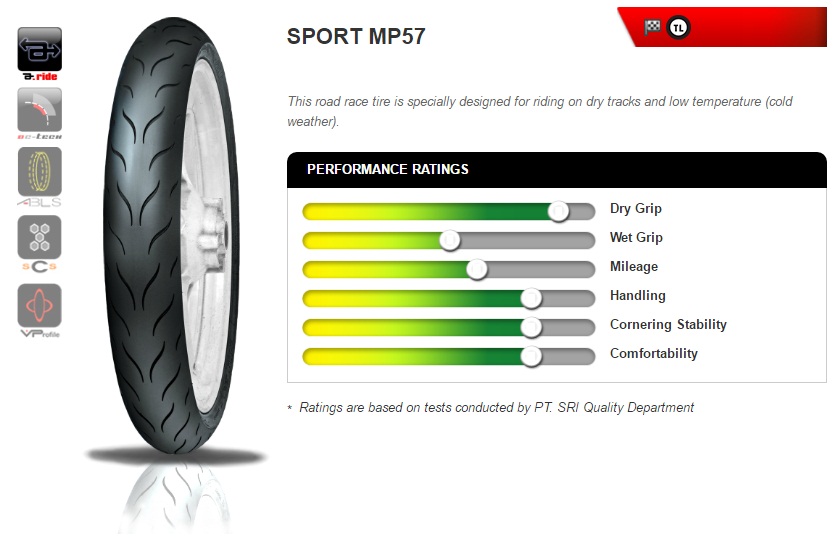 Pirelli typically goes for the harder tires at fast corners, where tires are under more pressure and during warm temperatures.
Pirelli typically goes for the harder tires at fast corners, where tires are under more pressure and during warm temperatures.
At every F1 race, three different compounds are used from Pirelli from their supply of five dry-track slick tires. Since 2020, the schedule’s compounds have been labeled C1, C2, C3, C4, and C5, with C1 being the hardest and C5 labeled the softest. The characteristics of the F1 tires have changed from previous seasons. These days they are manufactured to increase resistance to overheating and provide better consistency on the track.
C1 Hard Tires
The slick hard tires are labeled C1 and are the hardest tire in the supply. The C1 is designed for circuits that put the highest energy loads through. That typically features abrasive surfaces, fast corners, and high temperatures. C1 tires take longer to warm up but offer great durability and low degradation. The C1 has a white color banded around the wall.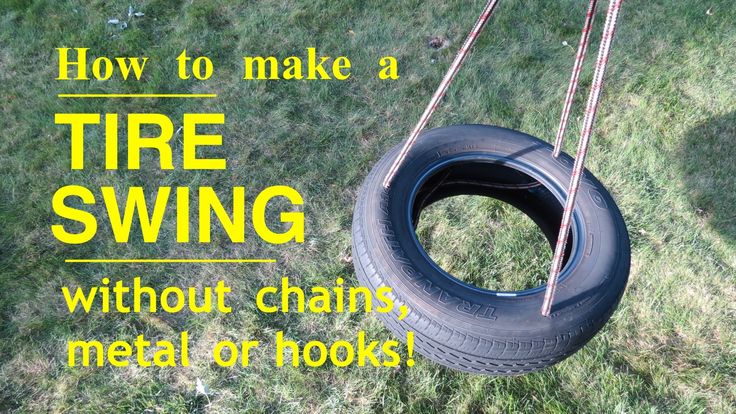
C2 Medium Tire
Pirelli’s C2 is effectively the previous season’s medium tire. The C2 is a versatile tire but slightly harder on the spectrum.
The C2 does well on high energy loads, high temperatures, and speed circuits and demonstrated great adaptability and working range on a wide variety of different tracks. C2’s have either a yellow or white band.
C3 Soft Tire
The C3 tire is similar to the soft tire used during previous seasons. C3 maintains a good balance between durability and consistent performance. The C3 is an adaptable tire that can be used as the softest tire at a high-severity track. And as the hardest tire at a street circuit or low-severity track. The C3 has three different options of color banding, yellow or red or white
C4 Ultra Soft Tire
The C4 is the closest to the previous season’s ultrasoft tire and does great works on tight tracks. The C4 has a rapid warm-up and high peak performance. Unfortunately, the C4 is relatively limited in overall durability. Fortunately, this season’s compounds’ improved design and consistency mean the softer rubber is capable. The C4 Ultra soft has red or yellow banding.
Unfortunately, the C4 is relatively limited in overall durability. Fortunately, this season’s compounds’ improved design and consistency mean the softer rubber is capable. The C4 Ultra soft has red or yellow banding.
C5 Hyper Soft Tire
Pirelli’s C5 is the softest tire. The popular hypersoft C5 is the fastest tire Pirelli ever manufactured. The C5 is suitable for tracks that demand high levels of mechanical grip. The short lifespan is a trade-off for the extra speed and grip. Getting the most out of the C5 is key to race tire strategy.
Wet / Intermediate
The intermediate and wet F1 tires have been redesigned with new structures and tread patterns to be more versatile and efficient. There are no longer two specifications of intermediate and wet and tire since 2020.
There is only one wet tire and one intermediate tire for all weather conditions and circuits from now on. The colors remain unchanged; they continue to be branded Cinturato, unlike the slick tires, which are labeled C1 to C5.
F1 tires are the most crucial part of an F1 car. The tires are the only part that has contact with the track.
The designing and manufacturing of F1 tires are complex. Extensive research goes into manufacturing to combine all the ingredients to mix the rubber compound used to manufacture an F1 tire. Each component consists of different combinations of ingredients according to the properties needed for that component. Pirelli has been manufacturing F1 tires since 2011 and will do for the foreseeable future.
The team strategists and drivers often contemplate which tires are the best to use on a certain track or weather conditions.
Typically, the team decides what compounds they will be using at which races during a season in advance. That choice depends on several factors, from the state of the track surface, track temperature, and weather conditions. Great F1 tires are essential to a driver’s success during a race.
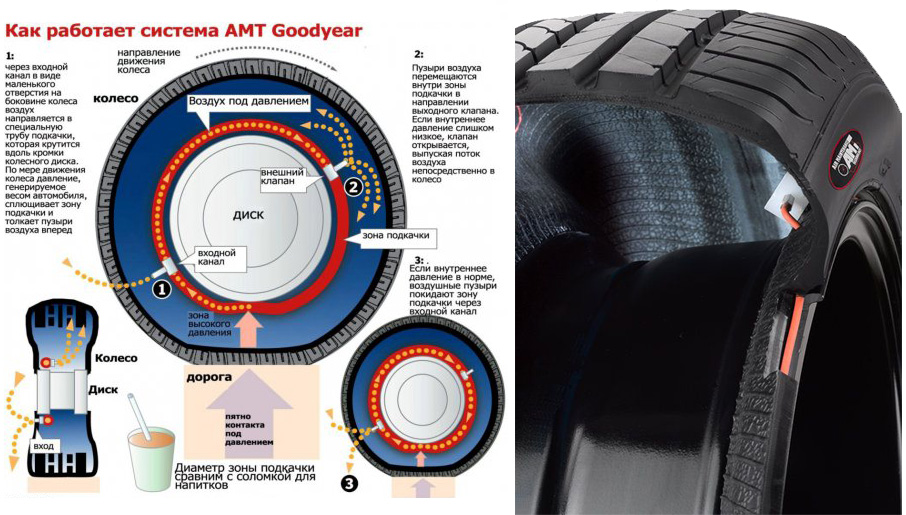 pirelli.com/global/en-ww/race/where-f1-car-tyres-come-to-life
pirelli.com/global/en-ww/race/where-f1-car-tyres-come-to-lifeMANUFACTURING HOOSIER RACING TIRES
Hoosier began manufacturing new race tires at its own facilities in 1979, after 16 years of having them produced at Mohawk Rubber Company in Akron, Ohio. The original production plant was the world's first facility dedicated to the exclusive production of racing tires. Over the years, Hoosier's manufacturing operation has developed into the world's leading producer of race tires. Manufacturing capabilities have been a primary marketing tool for Hoosier, based on constant innovation, flexibility, responsiveness, and quality testing.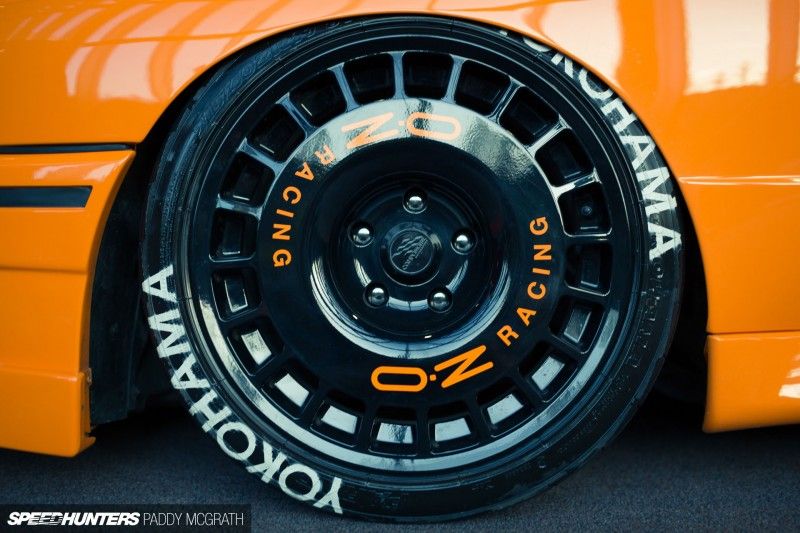
Hoosier's manufacturing process takes place in a sprawling, high-tech facility employing some of the best and brightest people in the industry. It is through the efforts of these devoted "behind the scenes" people that Hoosier has been so successful.
The manufacturing arm of Hoosier Racing Tire is located in Plymouth, Indiana just south of the Corporate Headquarters in Lakeville, Indiana. It is here that Hoosier race tires are produced 24 hours a day.
The process of producing a race tire is quite different than most people imagine. Most people think we push a button and material is injected into a mold and....... voila', a tire is created. This couldn't be farther from the truth. Producing tires, particularly race tires, requires a highly trained and skilled staff as well as a great deal of specialized high tech test equipment.
As this technology was conquered, the company set its sights on producing the first new tire specifically designed for racing. And so, in 1962, Bob Newton did just that at Mohawk Rubber Company..jpg) For the next 16 years, Bob drove from northern Indiana to Akron to design, engineer and compound his tires as well as oversee their production.
For the next 16 years, Bob drove from northern Indiana to Akron to design, engineer and compound his tires as well as oversee their production.
Hoosier employs a full time training coordinator, as well as a complete staff of trainers on each shift to ensure our new hires are trained in our current procedures. Veteran employees are also provided the latest training in new methods and technology. All new hires go through an extensive training program while paired up with a trainer who works alongside them, helping them and answering their many questions. Working together with our production labor force, Hoosier has complete staffs in the areas of Engineering and Maintenance, Quality Assurance, Scheduling, Purchasing, Shipping and Receiving, Human Resources, Clerical and Administrative, and Information Technology.
The process of manufacturing a Hoosier tire is not only fascinating but unique to Hoosier and central to our success. We can only explain in general terms how tires are manufactured due to the sensitive nature of our highly competitive business, but the following will give you a good picture of the process used in the manufacture of a race tire.
First the raw materials necessary to produce the rubber needed for every tire are received. At this time, samples are taken from every lot. These samples are then sent to our on site, high-tech testing laboratory for testing. Once the raw materials pass our in-house testing, they are placed into storage until an order is received for their use. Hoosier's in-house scheduling process has developed over the years and currently is a sophisticated system utilizing programs developed by our own in-house computer programmers. Having our own staff of computer experts enables us to quickly and easily modify our systems to better satisfy our unique needs.
Once an order to produce rubber is received, the raw materials are collected and individually weighed using a computerized weighing system that consists of a "go, no-go" feedback loop that assures all rubber batches are made to exact specifications. The raw materials are then transported to the mixer where they are loaded in and mixed according to a mixing spec.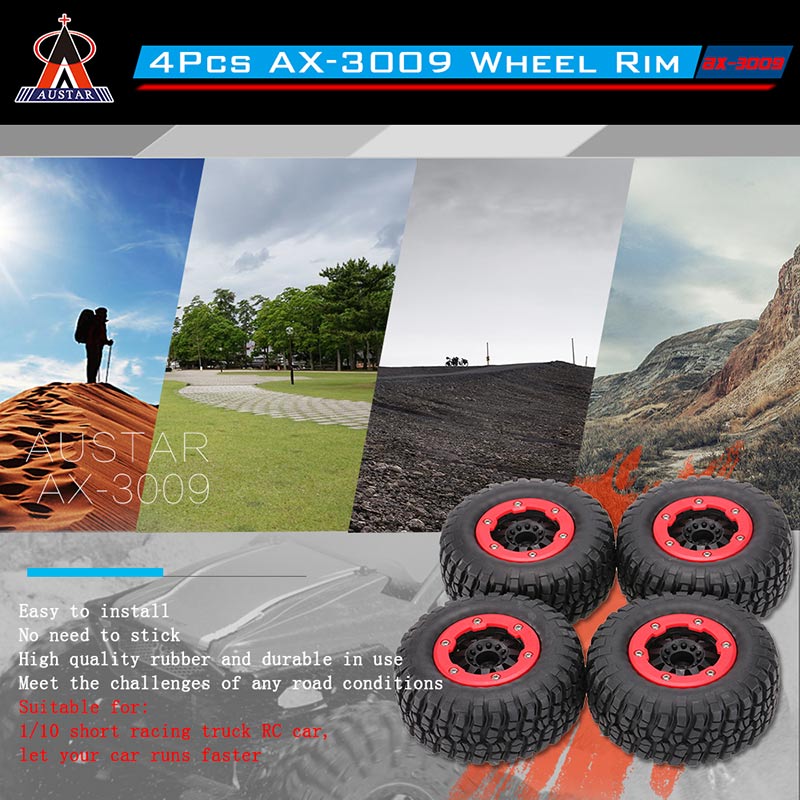 The rubber is then dropped onto a mill where it is made into sheets. Each batch of rubber produced has a small sample cut off and sent to the testing lab for further analysis. Not until the rubber passes this final test is it allowed to be sent on to the production facilities.
The rubber is then dropped onto a mill where it is made into sheets. Each batch of rubber produced has a small sample cut off and sent to the testing lab for further analysis. Not until the rubber passes this final test is it allowed to be sent on to the production facilities.
Next, more raw materials are needed to make the body or "carcass" of a tire. To produce the material needed to construct a tire carcass, we have another facility called the "calender" plant. We take the rubber produced in the mixing plant and place it into an extruder where it is "plasticized." Specially woven textile (tire cord) is then fed into a calendering machine where the rubber is pressed into the cord. Different rubber and cords are assembled per a computerized order depending upon the application of the tire scheduled to be produced. The thickness of this material is controlled using a series of computers and nuclear scanning devices to monitor and maintain a thickness tolerance of 1/10,000th of an inch.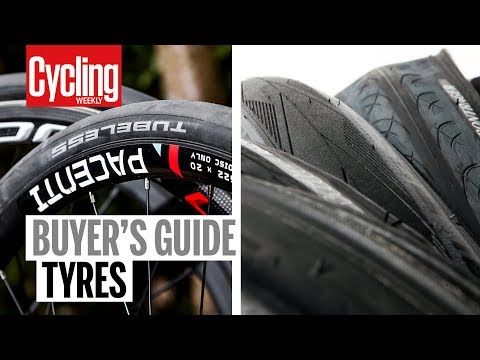 The rubber and tire cord combination, now called "fabric," has a sample removed and sent to the lab for testing. The material is then wound into rolls and placed into storage. If the material passes testing, it is released for use to build a tire.
The rubber and tire cord combination, now called "fabric," has a sample removed and sent to the lab for testing. The material is then wound into rolls and placed into storage. If the material passes testing, it is released for use to build a tire.
With this fabric we are ready to begin the process of assembling a race tire. First, plies are cut from the rolls of calendered tire cord according to computerized specifications. These plies are assembled by highly skilled tire builders. When finished assembling components according to the specifications, the builder removes the product and places a white sticker called a "builder's code" on the inside of every tire he/she produces. This code is unique to each builder and is a source of pride among all the builders. Radial tires also have a second sticker, a yellow one, identifying that builder as well. This is one of the methods used as part of the meticulous quality control tracking system Hoosier utilizes. This tells us who assembled the body and/or belt package of that tire.
The next phase is when round wire rings called "beads" are installed on each end of the carcass. The beads are what hold the tire on the rim. Next, the tread of the tire is applied to the beaded carcass. This is done in one of two ways: either using a one piece slab tread, or a continuous 1" strip of rubber is applied around the tire carcass to form the tread.
At this point, the tire (called a green tire) moves into the curing stage. Each tire has a material sprayed onto the inside that assists in processing. Once sprayed, the tire moves to a pre-assigned press set up to run that particular tire. The press contains a specific mold heated to a specific temperature as determined and maintained by computerized controllers. (This temperature was determined by thermocouple testing when the tire was still in the research and development stages, prior to the spec being released to production.) Once the press opens, the tire is inserted into the press and the press is closed. Once closed, the green tire is placed under high pressure using special gases.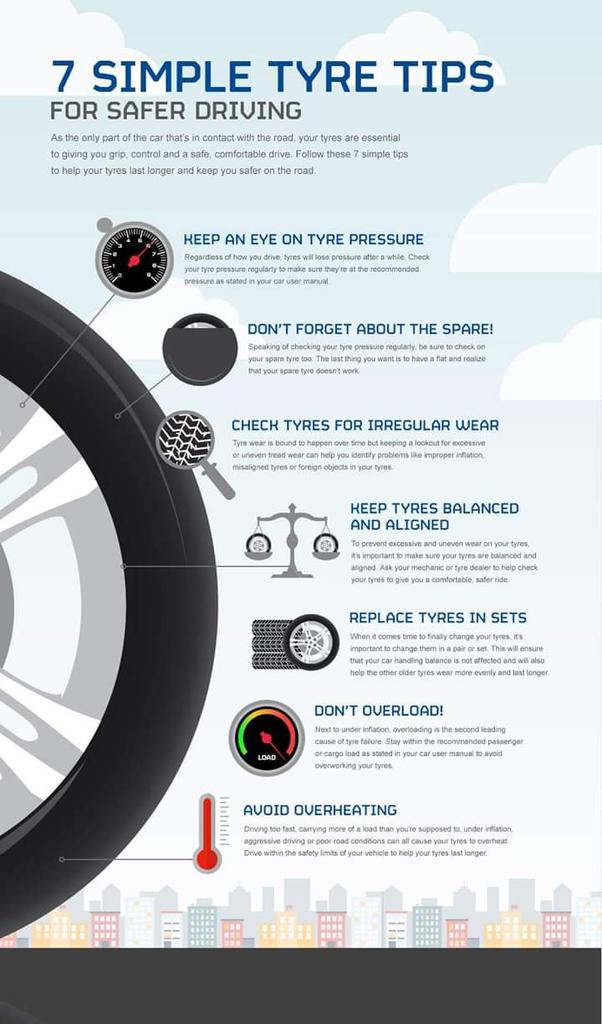 After the tire spends a specific amount of time curing in the press, the press will automatically open and the "hot" tire is removed.
After the tire spends a specific amount of time curing in the press, the press will automatically open and the "hot" tire is removed.
Hot tires are then placed on a machine called a "post-cure inflator" where a specified air pressure is injected into each tire for a set period of time. It is here that the tire cools and it's properties begin to stabilize. After a set time period, the tire is measured and the circumference is recorded. Then a press operator writes the size in yellow chalk on the side of treaded tires and on the tread of slicks. This is another way Hoosier has set itself apart from it's competitors. Racers using our competitor's products either measure a tire before mounting to get an idea of it's circumference, or have to purchase and mount a tire to see what size it will be, then decide whether it is a size they can use. Hoosier adds chalk marks to our bias tires to give customers a guideline or a reference which can be used to their advantage. If a racer had an 86" chalk mark on the right front of their car which produced a roll out of 85 1/2" at racing pressure, and they were satisfied with the stagger, they would select another 86" tire to replace the right front.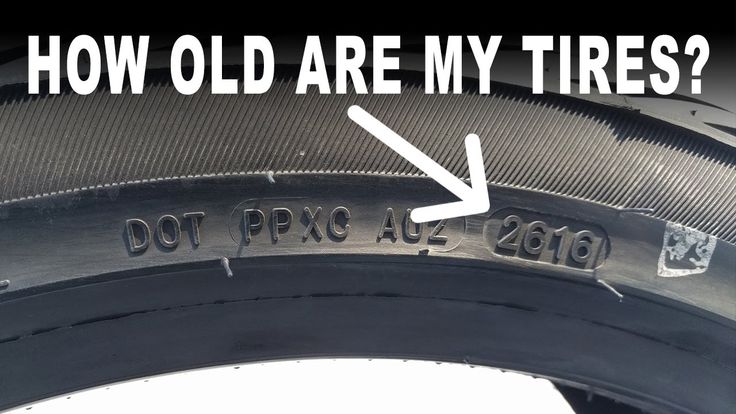 However, if they wanted more stagger, they would select a tire with a chalk mark greater than 86". The chalk mark does not relate to the size the tire will be when mounted and set to racing pressure, nor does it indicate the size it will grow to when racing. The chalk mark does however, assure customers of size consistency prior to mounting tires. Radial tires are measured at the factory but no size is written on the tires since radial circumferences do not vary as they do on bias tires.
However, if they wanted more stagger, they would select a tire with a chalk mark greater than 86". The chalk mark does not relate to the size the tire will be when mounted and set to racing pressure, nor does it indicate the size it will grow to when racing. The chalk mark does however, assure customers of size consistency prior to mounting tires. Radial tires are measured at the factory but no size is written on the tires since radial circumferences do not vary as they do on bias tires.
After the tire is removed from the post-cure inflator, tires not having raised letters on the sidewalls have the Hoosier name stenciled onto the sidewall of the tire. Tires then pass through final inspection where x-ray technology can be utilized. Tires are then scanned into inventory and loaded onto trailers and shipped to the warehouse each day.
The manufacturing process is all about consistency. The goal of Hoosier's manufacturing process is to maintain a supply of consistent, high quality race tires that the consumer can rely on, at an affordable price.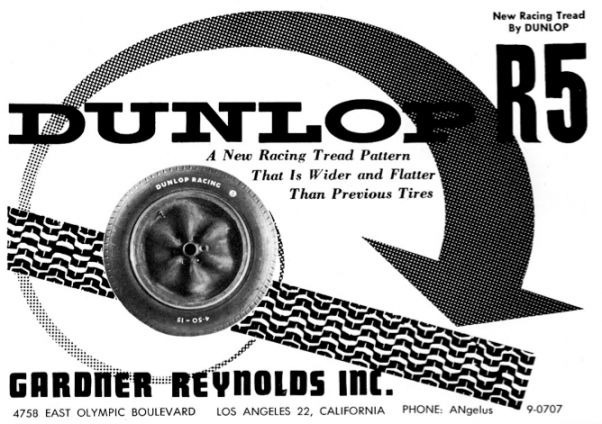 A tire, that the consumer can rely on. We feel with our dedicated and talented staff, our continuous testing and re-testing of raw materials and the product in the field, and our high-tech, climate controlled environments where each step of the process is carefully monitored, charted and controlled, the product we produce will be consistent, affordable, and available to all our valued customers. So, regardless whether a tire was made in June or January, Monday or Friday, noon or midnight, our customers can expect consistency and reliability to be built into all our products. We at Hoosier, are proud that all of our tires are "Made in the USA" and truly are "Tires Designed for Champions."
A tire, that the consumer can rely on. We feel with our dedicated and talented staff, our continuous testing and re-testing of raw materials and the product in the field, and our high-tech, climate controlled environments where each step of the process is carefully monitored, charted and controlled, the product we produce will be consistent, affordable, and available to all our valued customers. So, regardless whether a tire was made in June or January, Monday or Friday, noon or midnight, our customers can expect consistency and reliability to be built into all our products. We at Hoosier, are proud that all of our tires are "Made in the USA" and truly are "Tires Designed for Champions."
Please Contact Hoosier Tires Direct .Com to order your next set of Hoosier Race or track tires. You can find us online at www.hoosierdirect.com and reach us via e-mail at [email protected] or call us directly at (844) BUY-HOOSIER.
Copyright © HoosierDirect.com. All rights reserved.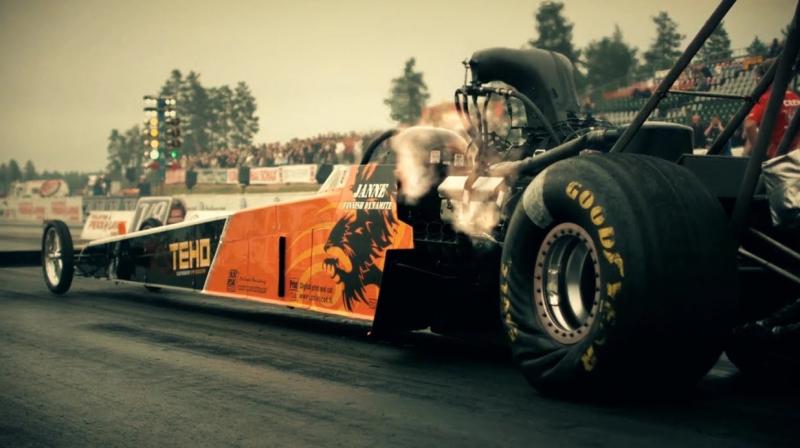
While the FIA is sorting out the bureaucratic details of the tender, the English edition of WTF1 has released a video showing how actual Formula 1 tires are being produced now.
“Right now, Pirelli is doing the hardest job in the world of racing, making seven dry tires and two more wet tires. In theory, they should all wear out at a certain rate, creating a balance between the intrigue of racing and the proper level of safety for pilots. So their production is not limited to the phrase "make them round and sticky."
So their production is not limited to the phrase "make them round and sticky."
Pirelli is headquartered in Milan. There is also a special department working exclusively on the Formula 1 project - more than 150 engineers involved in experimental research are assigned to it. It is there that scientists test and create various compounds and chemical compounds by testing their physical properties.
At the same time, Pirelli owns its own factory, tailored specifically for motorsports. It is located in Romania. They also have a spare factory in Turkey. In these places they turn models and prototypes developed in Milan into reality.
Before entering the series, a prototype tire is tested in all theoretically possible racing conditions - and speeds there even put on the blades of the modern Formula 1 and exceed 450 km / h. Moreover, the tires are also checked for the ability to overcome curbs - by the way, they do it at a mind-blowing speed of 260 km / h! Temperature overloads during the test reach 150 degrees Celsius. They are also stretched by special machines to the absolute maximum.
They are also stretched by special machines to the absolute maximum.
The frame and shape of the projector are created at the same time and in parallel from a mixture containing synthetic and natural rubber with the addition of other artificial materials bred in a research center. Only then both parts are combined into one and then fired in a furnace under the influence of the necessary chemical elements and temperatures, finally forming the properties and characteristics of the composition. After the cycle is completed, each tire is weighed and X-rayed to check the quality. Even if every tire in a batch passes all the tests, they still randomly select the victim of a new destructibility test. Only after that the party is sent to the combat weekend.
By the way, each Formula 1 tire has its own passport. It contains rolling data from the very moment of production.
Each Pirelli tire is made up of hundreds of elements and contains 18 key structural components. It takes 5 hours of clean work to make just one copy. The front tire weighs approximately 8.5 kg, while the rear tire weighs 9.5 kg. For each Grand Prix, the Italians bring 1,800 tires with a total weight of approximately 16,200 kg.
It takes 5 hours of clean work to make just one copy. The front tire weighs approximately 8.5 kg, while the rear tire weighs 9.5 kg. For each Grand Prix, the Italians bring 1,800 tires with a total weight of approximately 16,200 kg.
Unique "smart" tires will be developed for Formula 1. They are the future
When Formula E was announced in 2012, it was clear from the start that the project was going to be extraordinary. The organizers of this did not hesitate and even emphasized, over and over again choosing non-standard solutions for their series, as if it was not enough that the series was completely electric - the championship became both a mono-series and a competitive environment, the races had to take place along the streets of large cities, and not on circuits, spectators could participate in the fight thanks to FanBoost, and so on.
But, perhaps, the most notable difference from any other series was that at the pit stops, not the wheels were replaced, but the entire car as a whole - the driver simply changed to another car. Standard pit stops were not planned at all - and even in case of rain! This idea was happily picked up by Michelin, who promised to provide the championship with all-weather Pilot Sport EV tires.
Standard pit stops were not planned at all - and even in case of rain! This idea was happily picked up by Michelin, who promised to provide the championship with all-weather Pilot Sport EV tires.
More than five years have passed since then, the sixth season of Formula E is in full swing, and numerous skeptics who predicted the championship's imminent death were put to shame - the series attracts great interest both from the audience, and, importantly, from automakers - there are more of them than in any other road-circular racing series on the planet.
Even though the cars don't change at pit stops anymore, the drivers still use the same set of tires - not only in the race, but in all sessions of the stage! This greatly increases the demands on the durability and versatility of racing tires.
These tires are still supplied by Michelin. The French tire giant's interest in partnering with Formula E is understandable - not only to advertise the brand around the world, but also to test its most advanced technologies.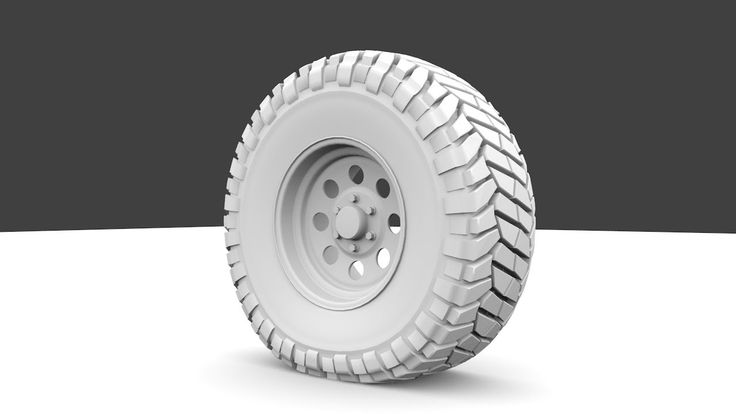 In this sense, the Formula E venue is completely unique, incomparable to any other international racing series or championship.
In this sense, the Formula E venue is completely unique, incomparable to any other international racing series or championship.
Yes, in Formula 1 or endurance racing the tire loads are higher, but either slicks or rain tires are used depending on the conditions. Both those and other tires are very specific, very far from what drivers use on ordinary roads. Slicks do not have a tread, so the difference in performance is provided only by the chemical mixtures of rubber and the structure of the tire, and they are unsuitable for working on wet surfaces, as they immediately “float up”. Rain tires, on the other hand, have a rather extreme tread pattern and break down very quickly on dry pavement.
The bold decision not to change tires on the road has created conditions in Formula E that are as close as possible to what we experience on the roads every day. After all, we do not change tires depending on the weather, and therefore they must have sufficiently versatile characteristics. But, since we are still talking about the sport of high performance, the development of technology in Formula E is moving at a much faster pace. This gives Michelin an ideal laboratory for refining its MICHELIN Pilot Sport "civilian" tires.
But, since we are still talking about the sport of high performance, the development of technology in Formula E is moving at a much faster pace. This gives Michelin an ideal laboratory for refining its MICHELIN Pilot Sport "civilian" tires.
All this means that the know-how gained in the development and use of racing tires is then used in the production of conventional tires. This is what made it possible to create the MICHELIN Pilot Sport 4 SUV, a high-performance tire for premium crossovers and sport utility vehicles.
It is not easy to create such tires, because the requirements for the tire are very contradictory - it must simultaneously show good performance both off-road, and in urban conditions, and on highways. To solve this problem, Michelin took advantage of racing technology and applied new types of compounds made from special functional and innovative elastomers with the addition of silicon dioxide.
This tire is able to take the form of the smallest bumps in the road surface and literally stick to the asphalt, providing a level of grip unattainable before. The new tread design is also based on the MICHELIN Pilot Sport EV racing tire, increasing the tire's positive profile by 10%.
Traditionally, the tread pattern of the MICHELIN Pilot Sport 4 SUV is asymmetric, and different areas have different functions. So, the outer part of the pattern allows you to achieve the maximum level of grip on dry pavement, and the inner, with deep longitudinal channels, provides effective water drainage on wet asphalt.
One of the biggest challenges when designing large SUV tires is ensuring that the tires perform efficiently and safely at high speeds and in corners. And here, of course, the experience of performances in Formula E was especially useful. The MICHELIN Pilot Sport 4 SUV tires feature Dynamic Response Technology, an additional breaker layer in the tire construction made from heavy-duty aramid-nylon yarns. This solution ensures the stability of the tire's contact patch at ultra-high speeds, and specially designed grooves give the tread stiffness and increase traction in the transverse direction.
Of course, a high coefficient of grip can be achieved in a simpler way - just make the rubber as soft as possible. However, such a tire will have poor performance at high speeds, as well as wear out too quickly. In the case of the MICHELIN Pilot Sport 4 SUV, the company's engineers managed to achieve outstanding wear resistance. Thanks to special blocks and a two-layer carcass of increased rigidity, the tire has a truly outstanding mileage, which was confirmed by independent tests by DEKRA TEST CENTER.
This is in line with the new Michelin concept announced in 2017: maintaining a high level of tire performance as it wears out. As part of this concept, the company is trying to create tires whose functional characteristics practically do not change during operation. In practice, this means that these tires can be changed less often - they can be used up to the minimum allowable tread wear of 1.6 mm, and at the same time the machine control will be as efficient and safe as on new tires.